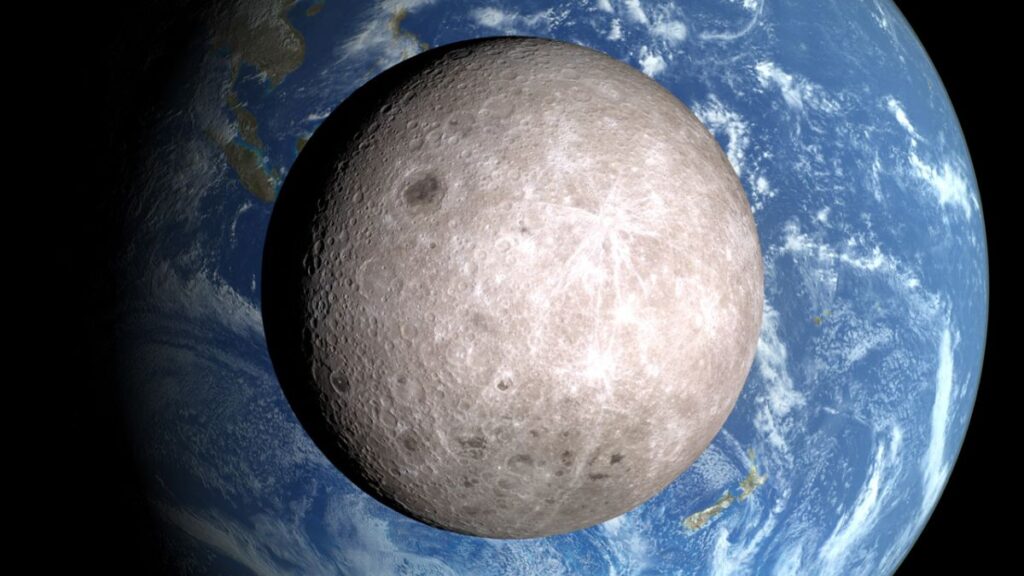
Dust collected from the far side of the Moon has revealed an unexpected scientific discovery. A team of researchers analyzing samples from the China National Space Administration’s Chang’e-6 mission identified fragments of a rare type of meteorite known as CI chondrite, or Ivuna-type carbonaceous chondrite. This marks the first confirmed detection of this fragile, water-bearing meteorite on the Moon, suggesting that such asteroids can leave microscopic traces embedded in lunar soil.
The CI chondrites hold significance due to their composition, which is rich in water and volatile materials. They are porous and can contain up to 20 percent of their weight in water as hydrated minerals. As these meteorites are softer and more fragile than others, they rarely survive the journey through Earth’s atmosphere, making their presence on the Moon particularly intriguing.
Scientists had not anticipated finding these meteorites on the Moon, given that the high velocity of impacts on the lunar surface typically causes such materials to vaporize or melt. Nevertheless, researchers led by geochemists Jintuan Wang and Zhiming Chen at the Chinese Academy of Sciences meticulously sifted through over 5,000 fragments from the Chang’e-6 mission, collected from the Apollo Basin situated within the expansive South Pole-Aitken Basin, which is one of the oldest and largest impact basins on the Moon.
The team concentrated on identifying olivine, a mineral commonly found in volcanic rocks and meteorites. Through advanced techniques such as scanning electron microscopy and secondary ion mass spectrometry, they isolated several olivine-bearing fragments. Ultimately, they identified seven clasts that chemically matched olivine from CI chondrites.
These fragments exhibited porphyritic structures, indicating that they formed from an impact melt that cooled rapidly. The researchers conducted thorough chemical and isotope analyses, focusing on ratios of iron to manganese, nickel oxide, and oxygen isotopes. The findings revealed that these ratios did not align with those expected from either lunar or terrestrial origins. Instead, they matched the characteristics of CI chondrite asteroids, indicating that the fragments had indeed originated from such a source.
This discovery provides the first direct physical evidence that CI chondrites impacted the Moon early in the Solar System’s history. The research suggests that the Moon’s environment may actually be conducive to preserving these materials, with the potential for CI chondrites to comprise up to 30 percent of the Moon’s meteorite collection.
The implications of these findings extend beyond mere geological interest. Scientists have long speculated that CI chondrites played a crucial role in delivering water and volatile substances to the early Earth and the Moon. The presence of these seven tiny grains of dust supports this hypothesis and opens new avenues for future lunar research.
As the scientific community looks forward to upcoming missions to the Moon, the integrated methodologies developed by Wang and Chen’s team could enhance the understanding of chondrite proportions in the inner Solar System. Their findings were published in the Proceedings of the National Academy of Sciences, highlighting the importance of this research in expanding knowledge about the materials that shaped the early Solar System.







